Aerodynamics helps your bike go faster, but by itself, it’s so… 2000s. Could suspension be the next big thing? We met suspension guru Mike “Mick” McAndrews for an interview and talked shop about the future of road bikes.
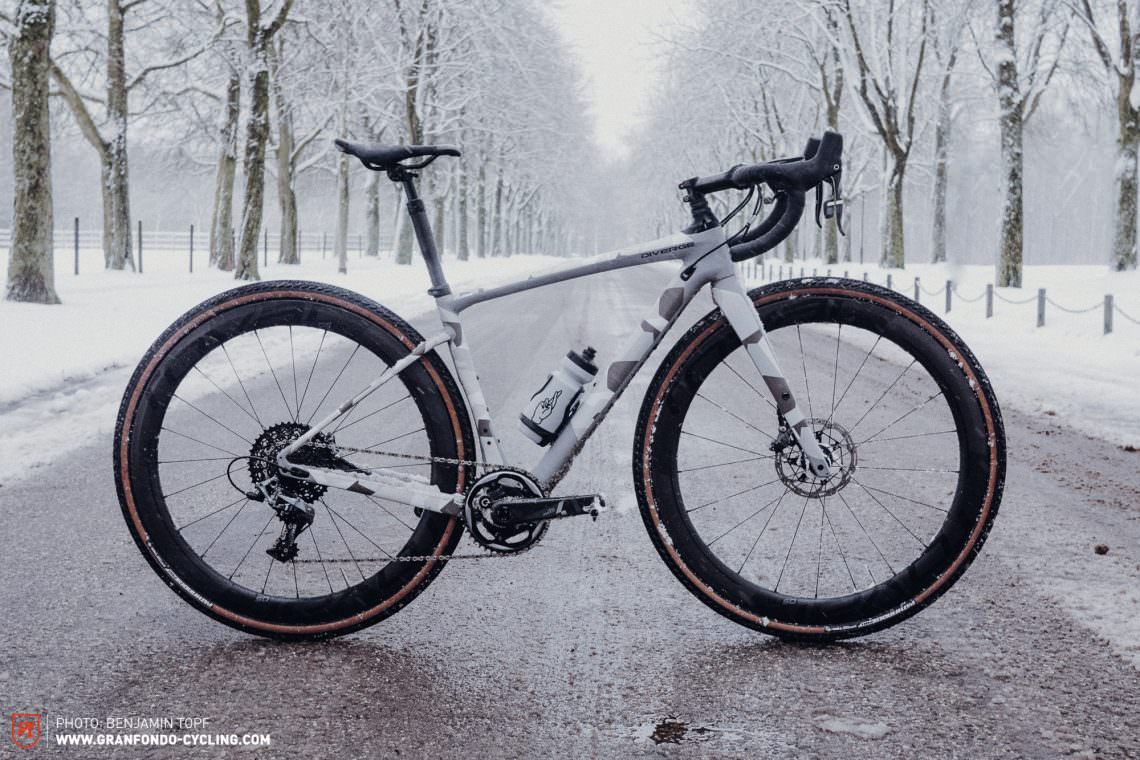
By now we know that suspension can do more than just increase ride comfort. It can also improve the efficiency of the rider and bike as a system. Suspension decouples the wheels from the rest of the bike. This means that rather than the whole bike having to bump up and down on irregularities in the road, the wheels can move independently. That helps maintain forward momentum, making easier work of riding. This is the fundamental principle behind the recent trend of gravel tires becoming ever larger in volume. Rear shocks and suspension forks are the norm on mountain bikes, but their design is of limited use for road bikes. A fork (or shock) would negatively affect the weight and the performance of a road bike and it would noticeably change the geometry of the bike during compression.
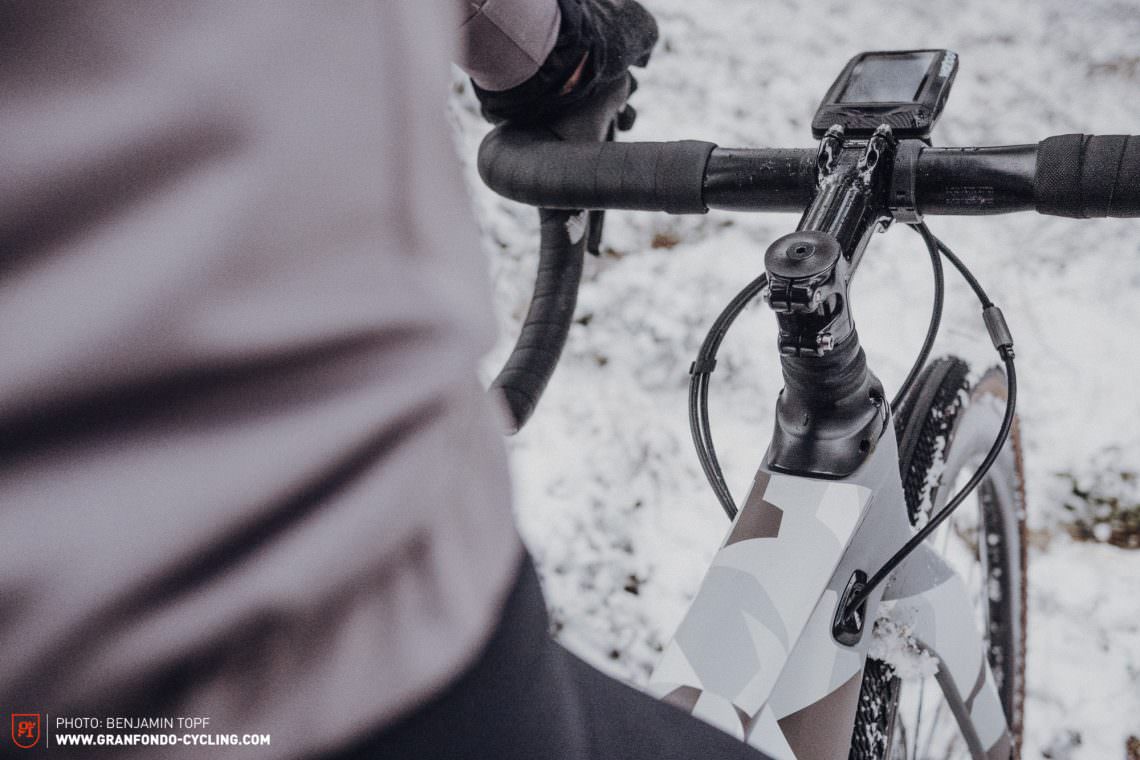
With the Future Shock System, Specialized is pursuing a different approach, more suitable for racing in terms of functionality and aesthetics while coming as close as possible to the advantages of a suspension fork. The result is supposed to be a more efficient system overall or, in other words, a bike that is more efficient at “carrying” momentum. The suspension system is featured on models including the Diverge and Roubaix and of course, there is a very special man behind it all: suspension guru Mike “Mick” Andrews. Mick has an impressive resume – after several years in the motorcycle industry, then some time at FOX Suspension and RockShox, he found his way to Specialized, where he also helped develop their Brain technology. Mick is currently dedicating half of his time to the road bike segment. We took advantage of the opportunity and asked him how road bike suspension can improve efficiency, control and comfort.



GRAN FONDO Cycling:
Mick, thanks for taking the time for this interview. Let’s recap: how did it all start?
Mike:
I’ve been in the industry for a long time. I came into the bicycle space about 92/93. I was consulting two friends at RockShox on suspension from my background in motocross. We had a request from Greg LeMond to build a suspension fork for Paris Roubaix.
GRAN FONDO Cycling:
Fast forward to today’s Future Shock technology. It’s a strange idea for people to be able to push their handlebar up and down. Regarding confidence and control, how does that affect the handling?
Mike:
Current use of damping systems in handlebars have generally been well received by the team riders, except for sprints when you’re in the drops. It loads the system differently to the way it was designed and they were getting way too much movement in the cockpit. I applaud the effort of this first go-around because it broke the conventional wisdom and moved forward the idea of suspension. It gets to about 80 or 90% of the performance that a suspension fork can give us.

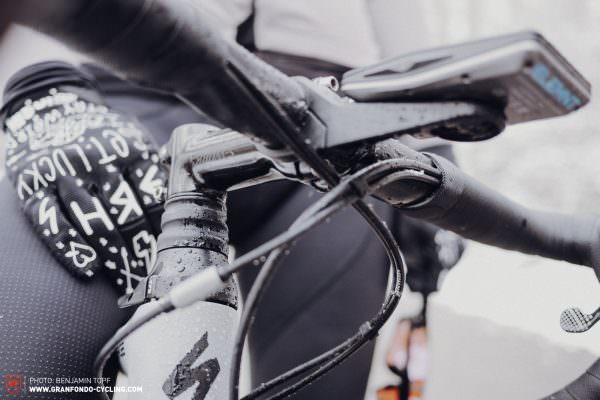
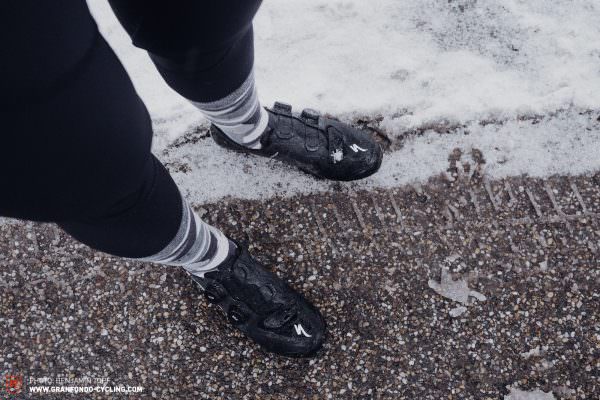
GRAN FONDO Cycling:
For Specialized’s Future Shock there are three spring options with no damping. But, depending on the rider’s style, there are so many parameters to tune.
Mike:
You’re going much faster on a road bike and the frequency of the impacts is very high. Sometimes damping can get in the way when you have a high frequency. The system needs to respond very quickly.
GRAN FONDO Cycling:
What about material damping and the differences between carbon, steel and aluminium?
Mike:
Carbon frames can dampen and absorb shocks within the frame. The problem is that when you start using it for too much travel and absorption it becomes uncontrolled. You cannot control it as well as you can with a damping system. You want a more sophisticated system that responds in different ways to how you are riding.
GRAN FONDO Cycling:
When you’re building a suspension system for a mountain bike, do you factor in the flex of the frame?
Mike:
We do our best in the analysis stage, but it’s a steep learning curve. It plays an important role but it’s all new technology and a new discovery for us. We’re still learning about its effects. We are now able to simulate the potential effects before we go into the field. McLaren was a big driver in this. Their ability to simulate and understand the dynamics around the shock absorber has got us thinking more about the system as a whole and how we run the simulation. They’re never simple unidirectional forces.

GRAN FONDO Cycling:
In terms of material choice, do you think it’s a little misleading to always use carbon at a higher level, seeing as it’s more difficult to control?
Mike:
Yes, in the early days I was a big fan but then I fell out of love with it. It’s an interesting material and there are a lot of different levels to its use. Parts are often over-designed to remove the risk of failure. It’s a catch 22. Then as you learn more about the material and ways of designing the tooling so it can be controlled without over-designing the carbon part, you start seeing some amazing results. It’s the same way with frames, we still think in aluminium and build in carbon. But with the experience and know-how of our teams, we are starting to use carbon a lot smarter than we used to. There are still instances where we can get better results from alloy though. It’s a tough one!
GRAN FONDO Cycling:
Looking at road frames today, some are simple, some are really complex. People have been racing the Paris Roubaix for years but carbon frames have only recently started appearing in the peloton. A lot of brands build carbon frames but add in technology that helps them to adapt to the specific demands.
Mike:
Back in the days of LeMond, they would throw away the rigid steel forks and frame after each race because most of the chainstays were busted. One of the team mechanics even showed me the cracks around the steel frames. Maybe they were compliant but they weren’t really designed for it.
Back then it was them who approached us about the fork. Greg was kinda crazy that way, always thinking out of the box. The peloton was almost laughing at him! In the second year, the team won it. And in the third year, we got calls from managers asking about it until 80% of the peloton had the RockShox forks.
GRAN FONDO Cycling:
Getting inspiration from McLaren and pro athletes, how do you translate their extreme product testing to a product for the average consumer?
Mike:
At Specialized it’s our S-Works line. We design that stuff to be able to be raced by the best in the world. We want to win TDF, World Cups and World Championships. But it has to be a product that the local racer can buy and be effective with. A lot of the times what we do is work closely with the teams because we understand what it takes to make the bike fast. But when it comes to set up, what these guys want is not what the stock setting will be because it’s not what’s best for the average racer [customer]. They [pros] sometimes give up comfort and control for the ability to do something quicker. They have an agenda during the race, and we’ll set the bike up accordingly. The production has to be able to be pushed to that level. Then the rider can adjust what they need to race at their level. When I can come to the pros with a product and ask them to compare it, to see if it’s faster, then we’ve succeeded. A lot of the time you just have to listen to what those guys talk about and what their challenges are, then you come back with the technology that solves that problem. When I get feedback from their races they’re giving me the answers and they don’t even know it!
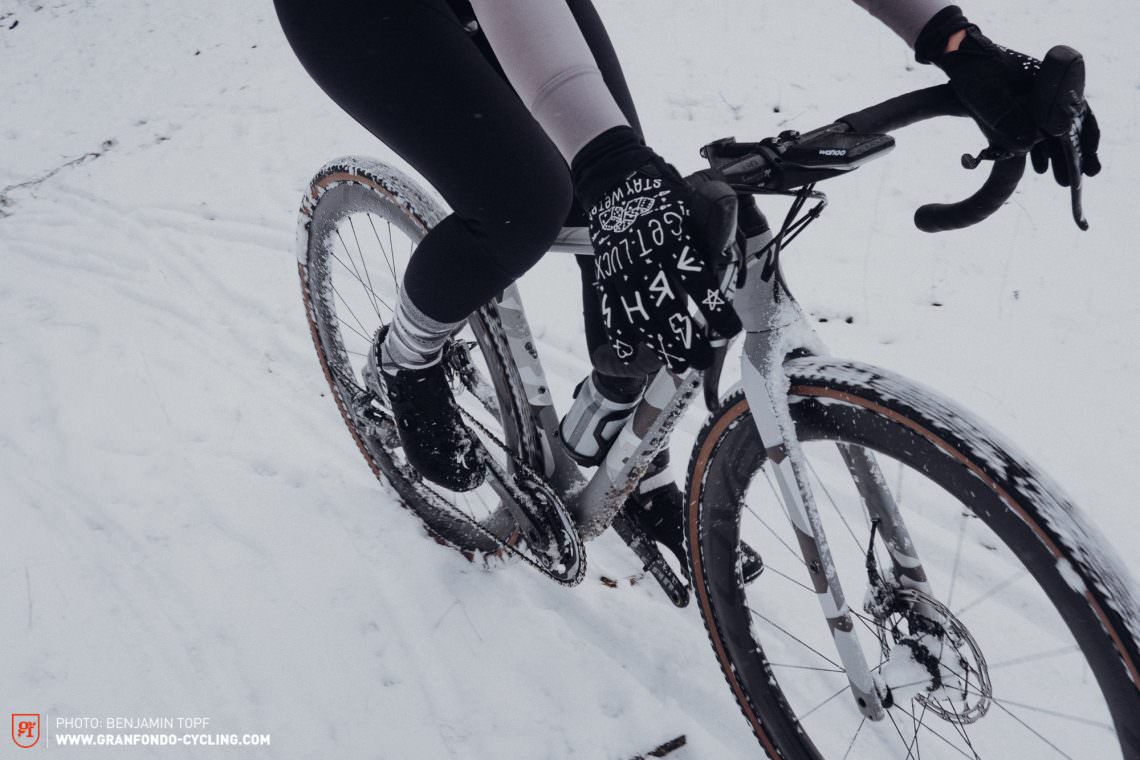


GRAN FONDO Cycling:
What about Brain on road bikes?
Mike:
It could happen. The technology works really well on cross country bikes like the Epic. I’ve often said it’s cross country MTB racing and road racing where we see a lot of crossover in the athlete and the design challenges. There are a lot of similarities in the type of racing and efficiency. We have had great successes on the Epic with that. When you look at the Roubaix or gravel bikes, there could be versions of the Brain that would need to be packaged differently.
GRAN FONDO Cycling:
What about electronically controlled options?
Mike:
In the industry as a whole, we look at suspension and look at what’s going on in the car industry including stepper motors, adjusting shock absorbers and solenoids. I’ve run enough advanced research projects on building prototypes, testing other people’s prototypes, and there are some benefits there. But for our application, the benefits don’t outweigh the penalties of trying to bring that technology onto a bicycle. With that being said, there’s a lot of technology in how we measure and gather data which is evolving and could be hugely beneficial. There will be a day when we can use electronics to help control and optimise suspension settings but that’s probably further off than the day we can measure, adjust and help analyse a ride. It should be something seamless and built into the system. It could be like Strava. You ride the same course and see how you’re doing. It teaches the consumer that adjustments can be your friend and not your enemy. It helps them make the right settings and optimise technology. All of the companies give the consumer really good technology, but it’s only a small percentage of consumers that know how to use that technology to the fullest. As an industry, a manufacturer and supplier of this tech, anything we can do to allow that rider to optimise what we’re giving them is a huge step forward.
GRAN FONDO Cycling:
Do you do lab testing of the suspension? Suspension testing should be dynamic, for example.
Mike:
We do a lot of that on the suspension side but we do a lot more of just the damper itself. When we design the bicycle, we take that and do a lot of lab testing. I’m very mindful of the curves that the wheel sees, not just the shock or the fork. We’re doing more measuring at the wheel, more like on a car, but with the tyre taken out of consideration. We measure at the axles. We pay a lot of attention to how the rates compliment each other all the way through the stroke.

GRAN FONDO Cycling:
What’s the next big thing?
Mike:
I don’t know, but I know where I’m going to find the next big thing. I had learned
years ago that I don’t possess that knowledge, but the next generation of riders that are coming through do. They will take the next generation of products that we build and they will start using them in a different way to what they were intended for. They will re-define the sport. A lot of times they will re-define it in a way that the older consumer can adapt to and push the technology in a way that it needs to, and then be developed around how it’s being used. That’s kind of the trend looking back on my own history.
GRAN FONDO Cycling:
Thanks a lot for the interview, Mick!
Mike:
Cheers!
This article is from GRAN FONDO issue #011
GRAN FONDO Cycling Magazine is published in a digital app format in both English and German. Download the app for iOS or Android to read all articles on your tablet or smartphone. 100% free!

Did you enjoy this article? If so, we would be stoked if you decide to support us with a monthly contribution. By becoming a supporter of GRAN FONDO, you will help secure a sustainable future for high-quality cycling journalism. Click here to learn more.
Words: Benjamin Topf, Charles Nicholson Photos: Benjamin Topf









